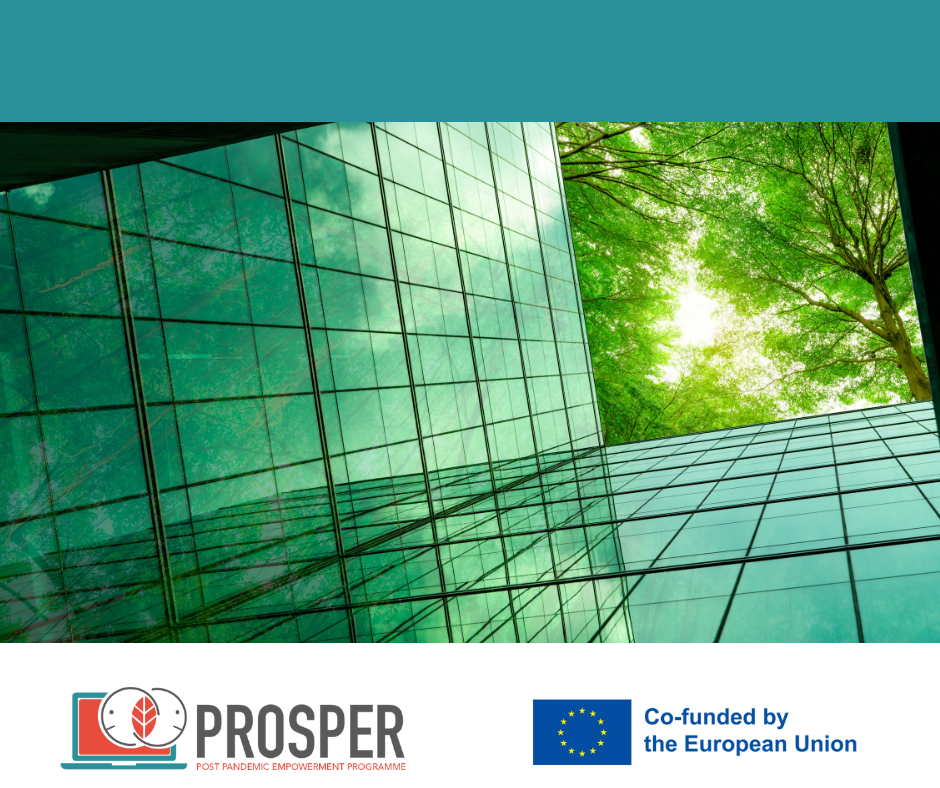The adoption of the hybrid work model implies a remarkable positive external effect: a more sustainable and environmentally friendly approach to the traditional work structure. This shift is not only about optimising work processes; it is also a step towards reducing our collective carbon footprint.
Consider the significant reduction in daily commuting – a notable factor in reducing emissions and congestion. The effect extends to reducing energy consumption in offices, as many traditional office spaces are experiencing a decline in occupancy. This shift towards a greener working environment translates into a positive environmental impact.
In addition, the reduction in paper use, combined with the reduced need for physical office space, aligns with sustainability principles. The hybrid working model not only benefits the environment, but also presents cost-effective solutions for businesses, especially European SMEs, wishing to optimize their operations.
From the point of view of these environmental considerations, hybrid work models are emerging not only as a response to changing work dynamics but also as a conscious effort towards a greener and more sustainable future.


